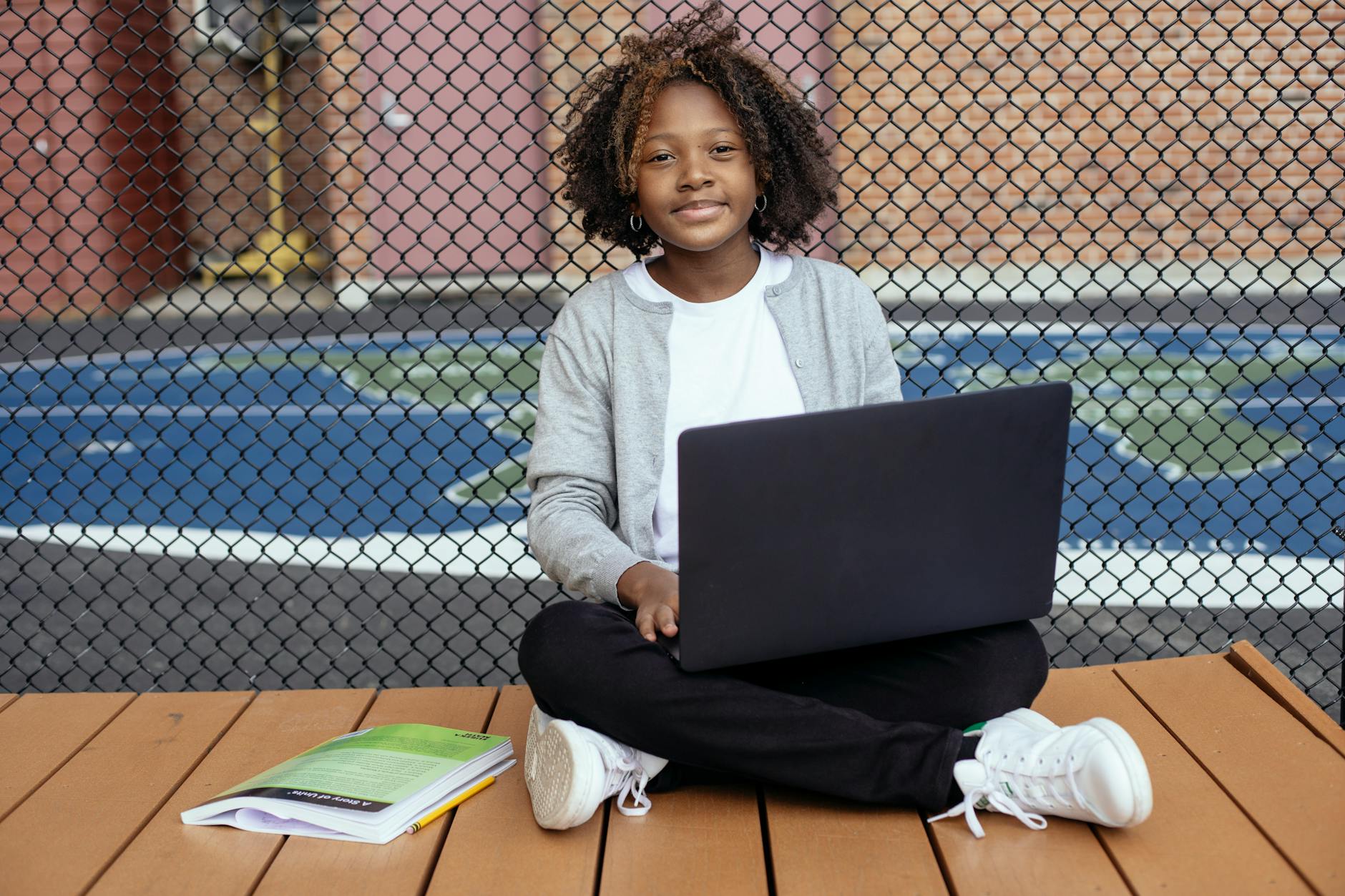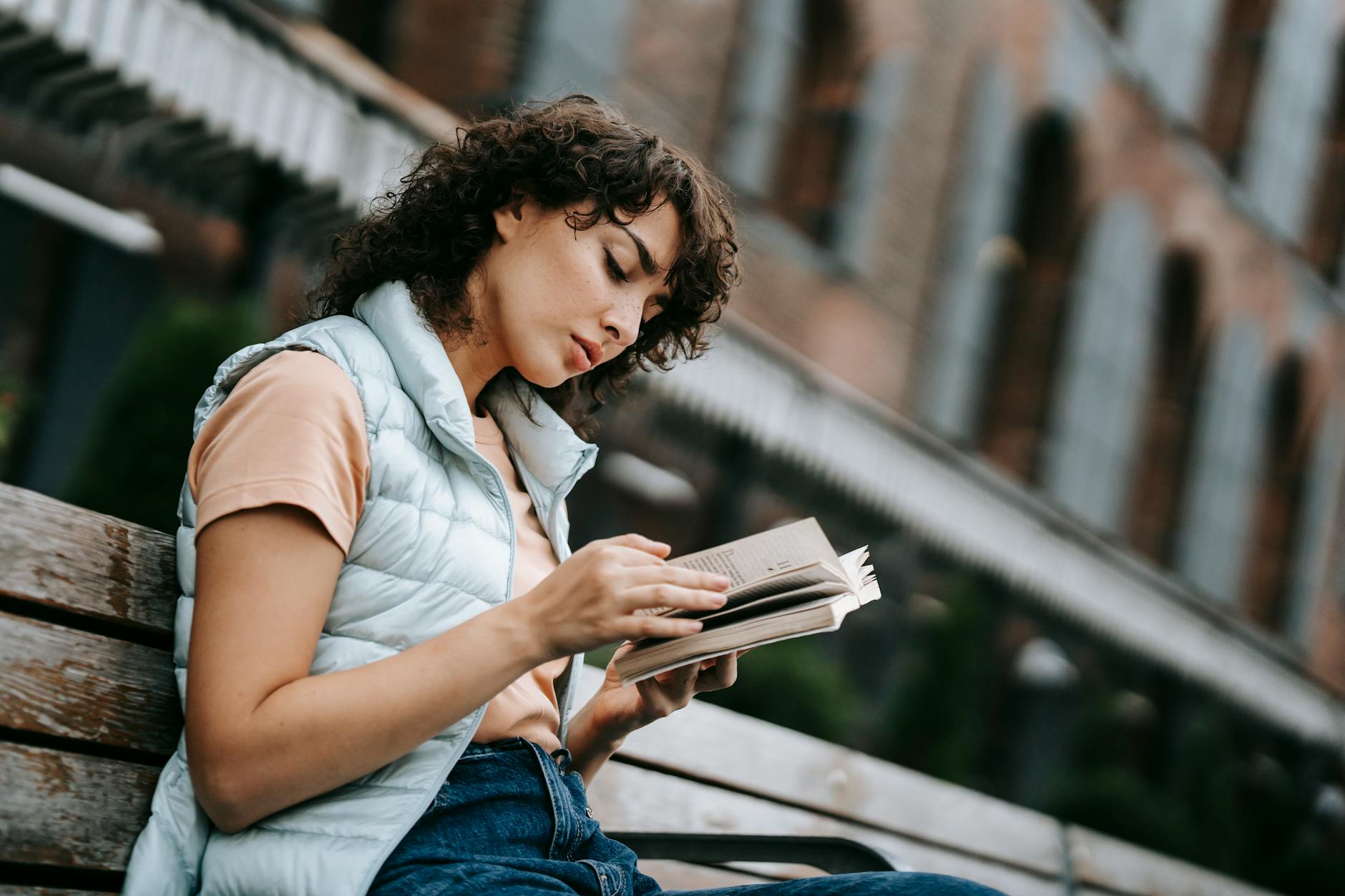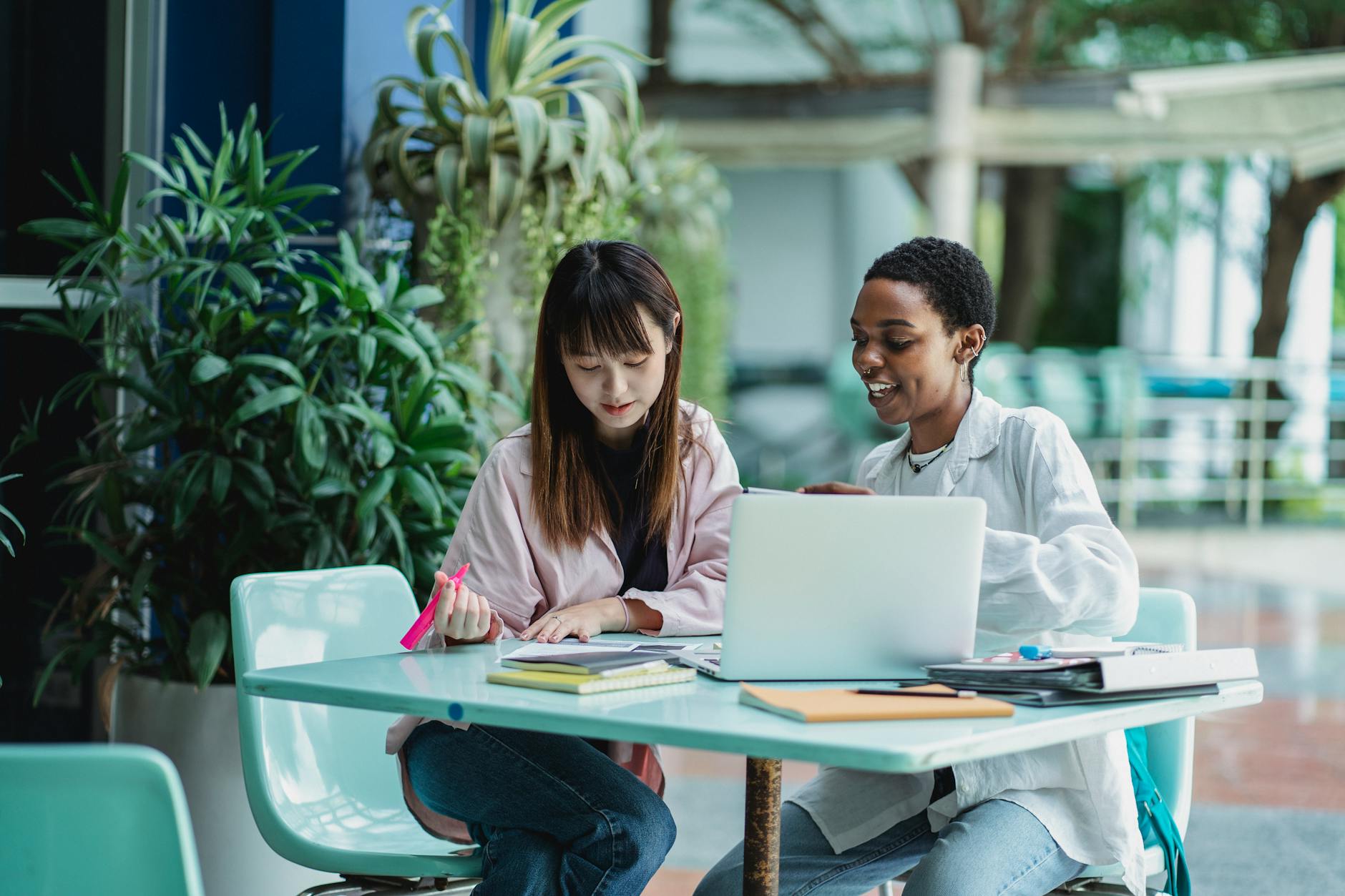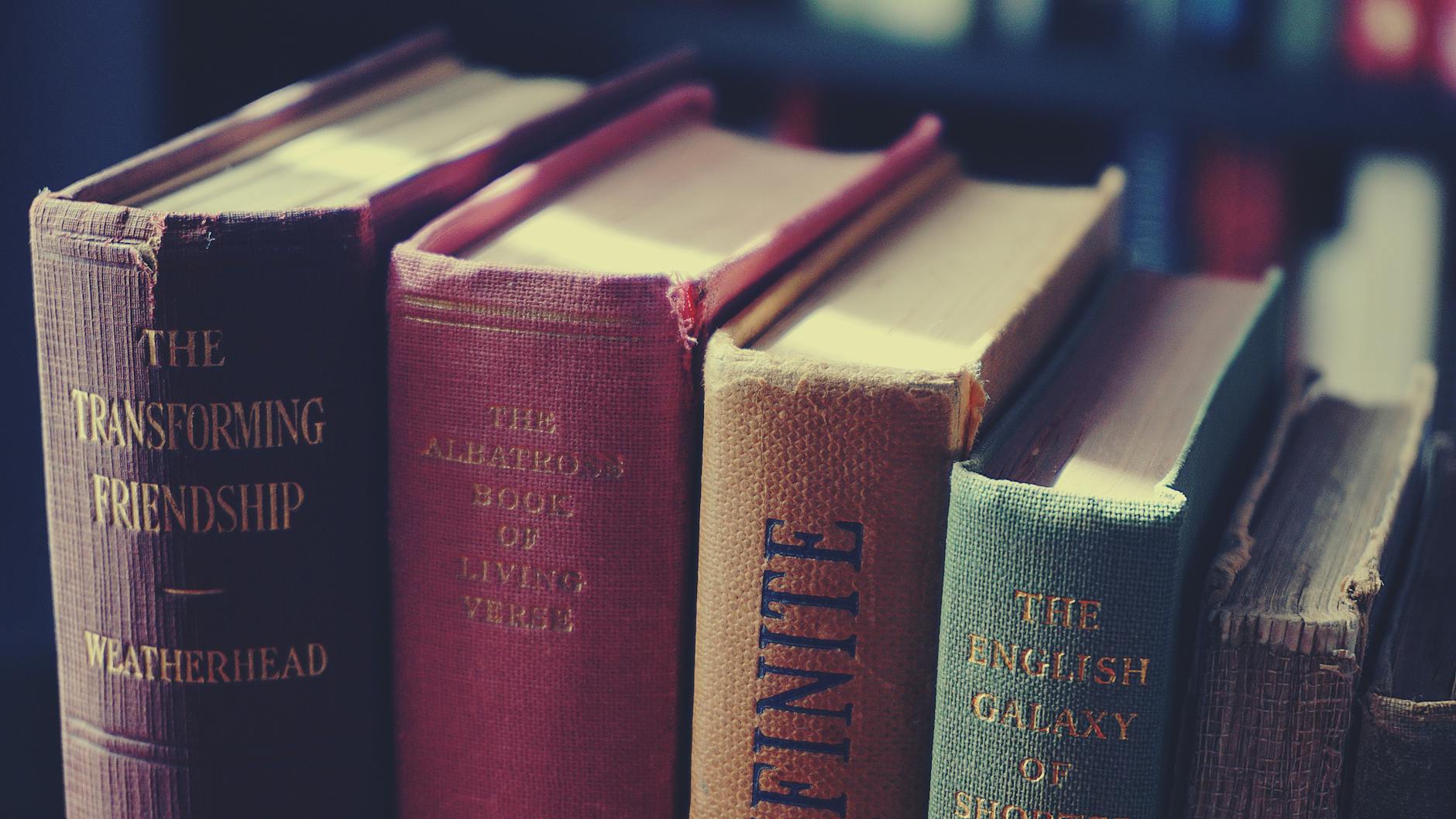Why Cultural Tours in Australia Are Essential for Early Childhood Learning

Benefits of Cultural Tours
Cultural tours are a fantastic avenue for enriching early childhood education, especially in vibrant cosmopolitan areas like Brisbane. The rich tapestry of experiences available on cultural tours ensures that educators like myself have access to diverse educational tools. Using places such as the Kurilpa Bridge cultural tours, children can gain firsthand exposure to multicultural interactions, which promotes inclusivity in their young minds.
Promoting Inclusivity
Inclusive learning environments encourage children from differing backgrounds to develop empathy and social understanding. A well-structured tour can serve as a practical example of the theories we learn in community services courses. By witnessing different cultural practices, children learn to appreciate and respect diversity from an early age.
Encouraging Multisensory Learning
Descending into the world of multisensory learning enables children to engage with content in diverse ways. Think about incorporating activities where children can touch, see, and sometimes even taste their way through a foreign culture. This immersive approach boosts their sensory development and fosters a deeper understanding of the world around them.
Fostering Early Appreciation of Diversity
Exposing children to various cultures early on nurtures an appreciation for diversity. This is crucial for developing open-minded individuals capable of thriving in a multicultural society like Australia. Engaging them in local cultural experiences sets a foundation similar to advanced learning in a certificate iv in mental health, where understanding diverse perspectives plays a vital role.
Designing Engaging Tours
To design engaging cultural tours for early childhood learning, it's essential to focus on creating memorable experiences that cater to young minds. Selecting age-appropriate activities is fundamental. Tailoring the experience to the developmental stage of the children ensures that they remain engaged and interested, much like setting up interactive exhibits found at the Queensland Museum. This can include storytelling sessions, simple art activities, or guided explorations where children can touch and see elements from various cultures.
Collaborating with local experts enriches these tours. Bringing in a guide who has extensive knowledge and passion for local culture can create a more meaningful experience. For instance, connecting with educators from mental health courses can provide insights into creating environments that support well-being, adding an educational dimension to the tours.
Creating interactive experiences should be a priority. These activities should stimulate the senses and encourage children to participate actively. Whether it’s crafting traditional art or dancing to cultural music, hands-on experiences help children retain information more effectively.
Incorporating the diploma of community services concepts can further enrich the tours by weaving in themes of empathy and social responsibility. This holistic approach not only educates children about diversity but also empowers them to appreciate and value different cultures from an early age. By focusing on these elements, we can foster a nurturing learning environment that aligns with multicultural education principles.
Overcoming Challenges
Creating immersive cultural tours can be a transformative experience for young learners, yet educators often face hurdles, like resource constraints. It's not uncommon for early education centers to struggle with limited budgets, which can hinder the scope and quality of these experiences. One way to address these constraints is through partnerships with local cultural institutions, like Kurilpa Bridge cultural tours. These partnerships offer rich experiences that align with educational goals without a steep cost.
Adapting to different learning styles is another challenge educators face when planning cultural experiences. Some children thrive with hands-on activities, while others engage better through discussions or visual aids. Incorporating various teaching methods within tours can ensure every child feels included and stimulated. For instance, incorporating storytelling sessions with a local historian or using visual aids while exploring can cater to diverse preferences.
Balancing structure with flexibility is key. While having a plan is necessary, it's equally important to be open to spontaneous learning opportunities. The dynamic nature of cultural tours means unexpected moments often turn into valuable learning experiences. By weaving flexibility into the framework, educators can adapt to the students' interests and pace, thereby enriching the overall learning experience and meeting the goals of a diploma in early childhood education or cert 3 childcare program.
Integrating Learning Off-Tour
Implementing Classroom Follow-Ups
After cultural tours, translating the experiences into meaningful classroom activities can greatly enhance children's learning. One approach is creating projects that encourage kids to express what they've learned. For instance, following a visit to interactive exhibits at the Queensland Museum, children could create their own exhibit models using craft materials, allowing them to take on the role of curators. These extensions not only reinforce knowledge but also spark creativity and curiosity, essential elements in early childhood education.
Parent and Community Involvement
Engaging parents and the broader community in the learning process is crucial. Families can be invited to participate in events that showcase what children have learned from tours, such as presentations or cultural celebrations. This not only reinforces the value of the tour experiences but also fosters a supportive learning environment beyond the classroom. Emphasizing community involvement can bridge cultural understanding, especially for those pursuing a cert 3 in individual support.
Assessing Impact and Learning Outcomes
Evaluating the impact of cultural tours on learning outcomes is vital for improving future educational experiences. Educators can devise simple assessment tools, such as observation checklists or storytelling circles, where children discuss what they observed and felt. These assessments help tailor future activities to better suit the children's needs, creating a responsive learning atmosphere. Such reflective practices ensure that cultural tours are more than a one-off experience, embedding lessons that resonate long-term.
Avoiding Common Mistakes in Cultural Tours
Prioritising Cultural Sensitivity
In our thriving multicultural landscape, it's essential to honour and respect cultural nuances. As we guide our young learners through experiences like the Kurilpa Bridge cultural tours, let's remember to be mindful of diverse backgrounds and practices. A thoughtful approach involves incorporating multicultural play ideas into activities, ensuring all voices are heard and respected. This paves the way for deeper understanding and empathy.
Mastering the Details
When preparing for an enriching cultural tour experience, neglecting the finer details can lead to missed learning opportunities. For instance, packing essentials like sun hats and ensuring the children are hydrated can make the difference in a sunny Brisbane adventure. Coordinating logistics for excursions, such as the Queensland Museum or the Lone Pine Koala Sanctuary, requires precision. From transportation to scheduling, meticulously planned details set the stage for a seamless educational outing.
Engaging All Participants
A cultural tour's success hinges on active engagement from all involved—children, educators, and families alike. Strategies I have employed, such as pre-tour discussions and post-visit reflections, establish a continuous learning cycle involving all stakeholders. Moreover, utilising tools like interactive journals during tours can ignite curiosity, ensuring learners remain actively involved. By fostering a cohesive learning community, we enrich the educational journey and ensure a chorus of ideas flows through our classrooms.
Incorporating these insights ensures that cultural tours become a powerful tool in early childhood learning, leaving both educators and students inspired.


